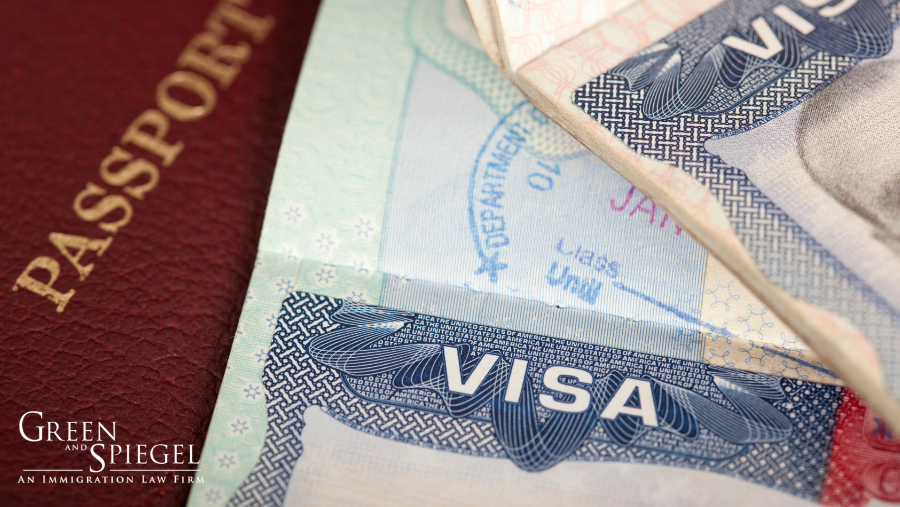In 2015, Delaware began issuing driving licenses to people without lawful status. Delaware isn’t alone; thirteen states and the District of Columbia issue some form of driving permission to foreign nationals who don’t have permission to work in the US. There are public policy arguments for this practice but providing documents to those who aren’t lawfully present creates a two-tier identity document system. The higher “tier” is composed of documents which are compliant with the federal REAL ID, Title II, Sec. 201 – 207 (“REAL ID Act”) requirements. The lower “tier” is made up of documents which cannot meet the requirements in the REAL ID Act, Sec. 202(c)(2) that the person issued REAL ID Act compliant documents be lawfully present in the United States.
The underlying Delaware statute that makes it possible to issue Driving Privilege Cards (“DPC”) also makes them available ONLY “to foreign Delaware residents who are unable to produce legal presence [documents] within the United States.” Further, the Division of Motor Vehicles specifically notes that “U.S. Citizens and persons with valid legal presence documents are not eligible for a Driving Privilege Card.” (Emphasis in the original.) Anyone with a Delaware DPC is, more likely than not, a foreign national who lacks the requisite status in the US to get a REAL ID Act compliant driver’s license.
This two-tier system is a problem because businesses are required to document employee work authorization and are barred from requesting more documentation than the Form I-9, Employment Eligibility Verification (“Form I-9”) demands. On the one hand, employers face robust worksite enforcement designed to discourage employing unauthorized workers. On the other, businesses must worry about the penalties and damage to reputation of discrimination claims like that of the MUY Brands LLC “Taco Bell” case last year. What should a business do when the documents presented appear to demonstrate work authorization, but the document is one which indicates the employee has no authorization to work?
The Form I-9 is structured so that the employee attests to their status in the United States in Section 1 and presents documents to the employer to show they are authorized to work in the US. The employer fills out Section 2, recording that information and attesting that “to the best of my knowledge the employee is authorized to work in the United States.” The employee decides which documents to present and the employer confirms that the documents appear to be genuine and that the documents are on the acceptable documents list on Page 3 of the Form I-9. To demonstrate work authorization, the employee must present either a document from LIST A (showing identity and work authorization; for example, a U.S. passport) or one document from LIST B (showing identity such as a driver’s license) plus one document from LIST C (showing work authorization; like a Social Security Card).
This is where the problem with this two-tier system comes in: the first document on LIST B of acceptable documents list is “Driver’s license or ID card issued by a State… provided it contains a photograph or information such as name, date of birth, gender, height, eye color, and address.” The Delaware Non-REAL ID compliant Driving Privilege Card contains all of those things. It should therefore qualify as a LIST B document, even though the presentation of it is a credible indicator that the employee is unlawfully present in the United States and cannot, therefore, work here.
The employer can’t ask for additional documentation if, on its face, the Driving Privilege Card is a LIST B document because, if a LIST B document is presented, all that remains for the employer to do is verify that the LIST C document that is presented appears to be valid. It would be discriminatory to ask for anything more since they are directed by the U.S. Department of Homeland Security (“DHS”) to “accept any document(s) from the Lists of Acceptable Documents that reasonably appear on their face to be genuine and relate to the person presenting them. You may not specify which document(s) the employee must present.” Further, the DHS guidance specifically notes that “[s]ome states may place restrictive notations on their drivers’ licenses. For Form I-9 purposes, these drivers’ licenses may be acceptable” and calls to both the DHS help line (1-888-255-8155) and the DOJ help line (1-800-255-8155) yield responses that suggest an employer must accept Non-REAL ID compliant documents as valid for work authorization. (Note that it is the U.S. Department of Justice, Civil Rights Division, Immigrant and Employee Rights Section which administers these discrimination claims, pursuant to 8 U.S.C. Sect. 1324b[a][C].)
So, what’s the right answer here? Should a business employ a foreign national who presents a document which strongly suggests that person is not allowed to work in the US , or risk a discrimination complaint with its costly penalties by asking for more documentation? My recommendation is to copy and scan everything to counsel and talk it through since details matter and may offer clarity to avoid this catch-22. I strongly recommend against asking for more documentation before having fully explored the issues. Please contact us over at Green and Spiegel if we can assist with workforce and worksite matters like this.




